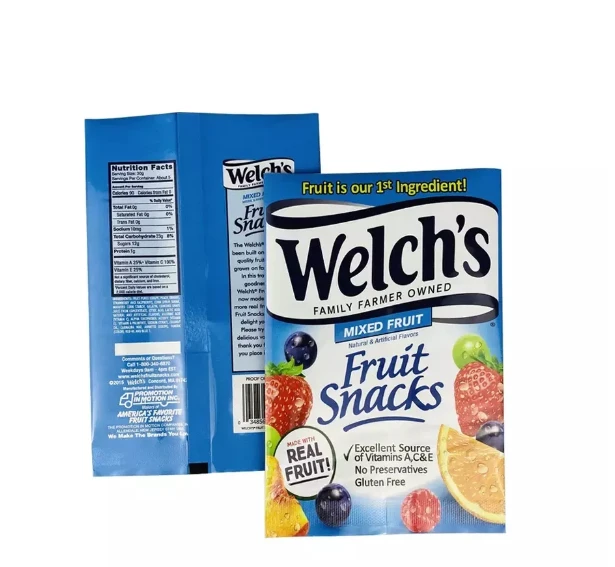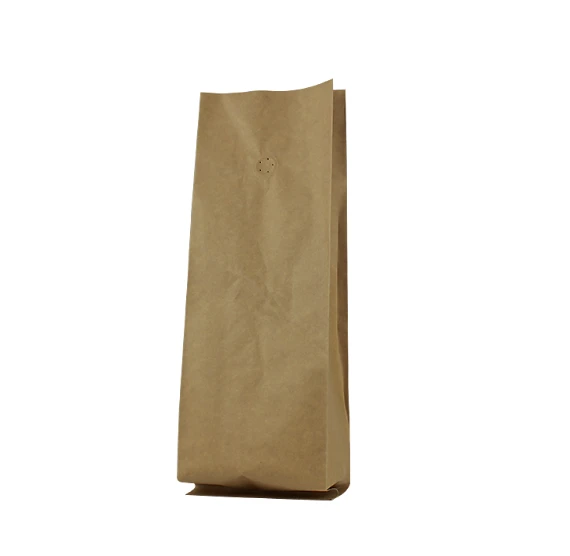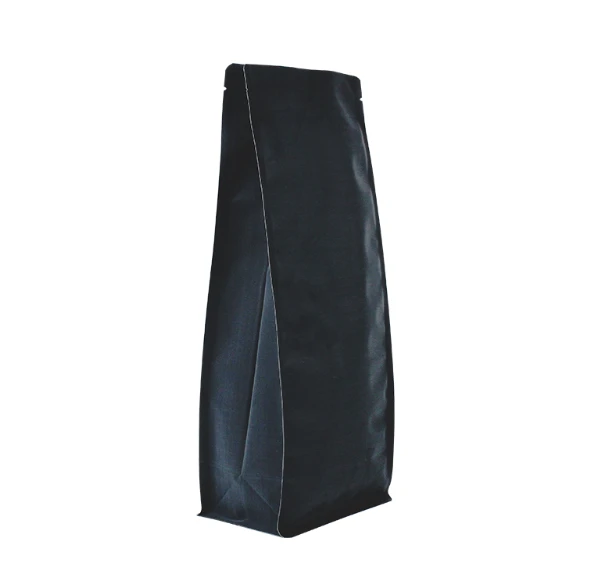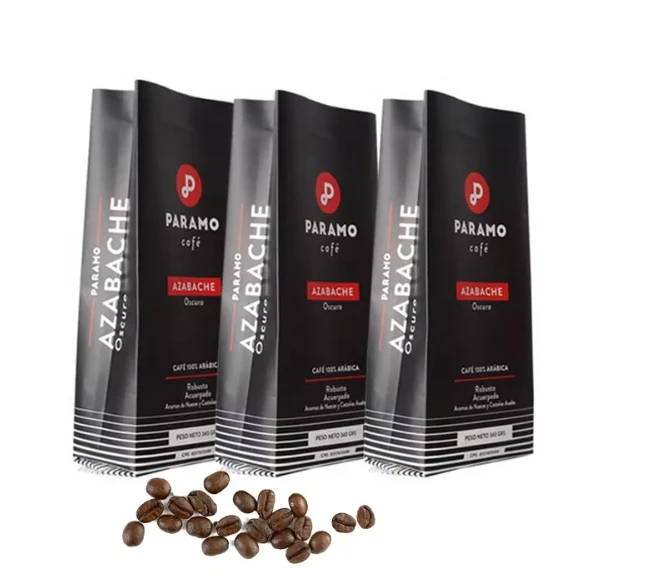- Afrikaans
- Albanian
- Amharic
- Arabic
- Armenian
- Azerbaijani
- Basque
- Belarusian
- Bengali
- Bosnian
- Bulgarian
- Catalan
- Cebuano
- chinese_simplified
- chinese_traditional
- Corsican
- Croatian
- Czech
- Danish
- Dutch
- English
- Esperanto
- Estonian
- Finnish
- French
- Frisian
- Galician
- Georgian
- German
- Greek
- Gujarati
- haitian_creole
- hausa
- hawaiian
- Hebrew
- Hindi
- Miao
- Hungarian
- Icelandic
- igbo
- Indonesian
- irish
- Italian
- Japanese
- Javanese
- Kannada
- kazakh
- Khmer
- Rwandese
- Korean
- Kurdish
- Kyrgyz
- Lao
- Latin
- Latvian
- Lithuanian
- Luxembourgish
- Macedonian
- Malgashi
- Malay
- Malayalam
- Maltese
- Maori
- Marathi
- Mongolian
- Myanmar
- Nepali
- Norwegian
- Norwegian
- Occitan
- Pashto
- Persian
- Polish
- Portuguese
- Punjabi
- Romanian
- Russian
- Samoan
- scottish-gaelic
- Serbian
- Sesotho
- Shona
- Sindhi
- Sinhala
- Slovak
- Slovenian
- Somali
- Spanish
- Sundanese
- Swahili
- Swedish
- Tagalog
- Tajik
- Tamil
- Tatar
- Telugu
- Thai
- Turkish
- Turkmen
- Ukrainian
- Urdu
- Uighur
- Uzbek
- Vietnamese
- Welsh
- Bantu
- Yiddish
- Yoruba
- Zulu
Different Methods of Sterilization Techniques and Their Applications
Understanding the Types of Sterilisation
Sterilisation is a critical process aimed at eliminating all forms of microbial life, including bacteria, viruses, fungi, and spores, from surfaces, instruments, or media. This process is essential in various sectors, including healthcare, food production, and laboratory research, to prevent infections and ensure safety. There are several methods of sterilisation, each with its unique mechanisms, advantages, and applications. In this article, we will explore the primary types of sterilisation methods, highlighting their characteristics and suitable uses.
1. Physical Sterilisation
a. Heat Sterilisation
Heat sterilisation is one of the most common methods used, which can be subdivided into two categories dry heat and moist heat.
- Moist Heat Sterilisation This method involves the use of steam under pressure, commonly achieved through an autoclave. The high temperature achieved through steam effectively destroys microbial proteins and spores. The standard cycle typically operates at 121°C for 15 to 20 minutes. This method is widely used in healthcare settings for sterilising surgical instruments, glassware, and laboratory media.
- Dry Heat Sterilisation This technique uses hot air that is free from moisture, usually at temperatures of 160 to 170°C for durations of 1 to 2 hours. Dry heat is effective for materials that can be damaged by moisture, such as certain powders and oils. It works by oxidative processes and is less effective than moist heat for certain pathogens.
b. Filtration
Filtration is a method used mainly for heat-sensitive liquids and gases. This process involves passing the substance through a filter that physically removes microbes. Membrane filters, typically with pore sizes of 0.2 micrometers or smaller, are effective in retaining bacteria and larger microorganisms while allowing the fluid to pass through. This technique is crucial in the pharmaceutical industry and laboratory settings to sterilise culture media and other sensitive liquids.
c. Radiation Sterilisation
types of sterilisation

Radiation sterilisation involves the use of ionising radiation, such as gamma rays, X-rays, or electron beams, to deactivate microorganisms. This method is particularly useful for sterilising single-use medical devices, surgical instruments, and various pharmaceutical products. Radiation can penetrate deeply into materials, making it effective for complex items that are difficult to sterilise by conventional heat methods.
2. Chemical Sterilisation
a. Ethylene Oxide Sterilisation (EtO)
Ethylene oxide is a gaseous chemical agent used for sterilising heat and moisture-sensitive items. It works by alkylating cellular components, disrupting the DNA of microorganisms, which prevents their reproduction. Gas sterilisation requires careful control of temperature, humidity, and exposure time to ensure efficacy and safety. This method is widely employed in the medical device industry and for sterilising delicate equipment.
b. Hydrogen Peroxide Sterilisation
Hydrogen peroxide can be used in both liquid and vapor forms for sterilisation. It is an effective sporicide that reacts with cellular components, leading to cell death. Vaporised hydrogen peroxide is particularly advantageous for sterilising enclosed spaces and complex devices and is increasingly used for decontaminating hospital rooms and equipment.
c. Peracetic Acid Sterilisation
Peracetic acid is another effective chemical sterilant, often used in liquid form for the sterilisation of medical equipment and food processing. It acts quickly and effectively against a wide range of microorganisms, including spores. Peracetic acid is also compatible with a variety of materials, making it a versatile option.
Conclusion
In summary, the choice of sterilisation method depends on various factors, including the type of equipment or material being sterilised, the nature of the microbial threat, and the operational context. Physical methods like heat, filtration, and radiation are often preferred for their efficacy and reliability. Chemical methods, such as ethylene oxide and hydrogen peroxide, provide alternatives for materials sensitive to heat and moisture. Understanding these sterilisation types is vital for maintaining hygiene standards and ensuring safety across different industries. As technology advances, the development of more efficient and effective sterilisation methods will continue to play a crucial role in public health and safety.













